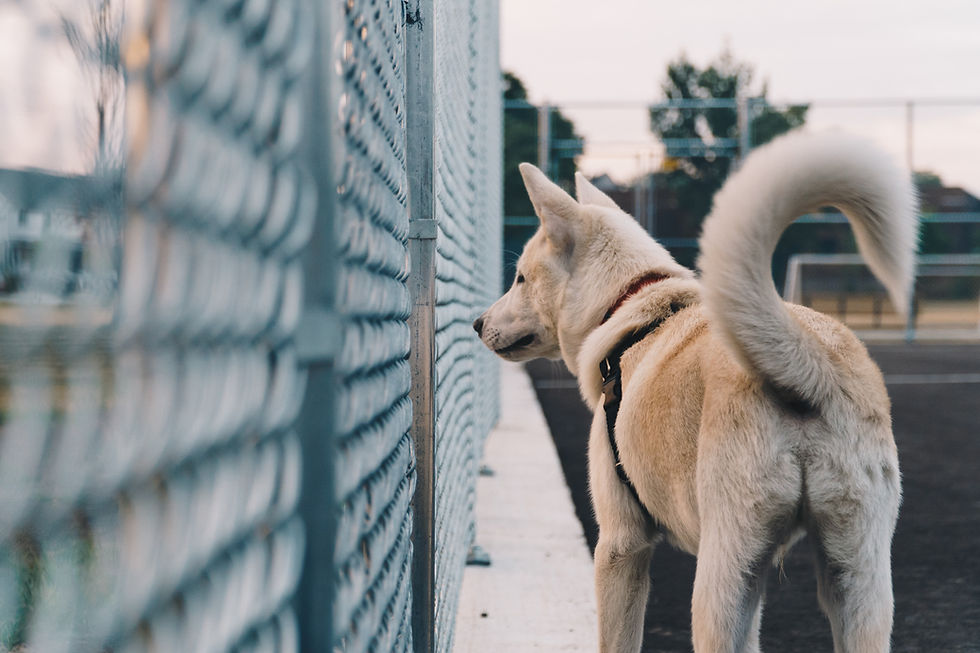
Dogs are remarkable creatures that have managed to capture our hearts with their loyal companionship and endearing gestures. One such gesture that never fails to bring a smile to our faces is the wagging tail. But have you ever wondered why dogs wag their tails? In this blog post, we will delve into the intriguing world of canine communication and uncover the various reasons behind this expressive behavior. So, let's embark on this tail-wagging adventure together!
Communication at its Best
Tail wagging serves as a fundamental method of communication for dogs. It acts as a social signal, allowing them to express a wide range of emotions and intentions to both humans and fellow canines.
Expressing Happiness and Excitement
When a dog wags its tail vigorously and in a relaxed manner, it is typically a sign of happiness and excitement. This tail wag is often accompanied by a cheerful demeanor, bright eyes, and a relaxed body posture. Dogs exhibit this behavior when they greet their favorite humans, meet their furry friends, or anticipate something enjoyable, like a walk or playtime.
Displaying Friendliness and Invitation
In the world of dogs, a friendly tail wag can indicate an invitation to socialize. When a dog encounters a new person or dog, a gentle and slow wag from a lowered position can signify that they are approachable and non-threatening. It's their way of saying, "I come in peace!"
Signaling Submission
Tail wagging can also be a display of submission or appeasement. When a dog feels threatened or anxious, it may lower its tail and wag it in a tentative, low-intensity manner. This submissive wagging indicates that the dog is trying to diffuse any potential conflict and establish a non-confrontational stance.
Warning Signs: Caution Ahead
While tail wagging generally conveys positive emotions, it's essential to understand that not all tail wags are friendly. A stiff and fast wag with an elevated tail can be a warning sign. Dogs may wag their tails in this manner when they feel on edge, agitated, or defensive. It's crucial to read other body language cues in conjunction with the tail wag to accurately interpret a dog's emotional state.
Tail Position Matters
Apart from the wagging motion, the position of a dog's tail can also convey important messages. A high, stiffly held tail often signifies confidence and dominance. Conversely, a tail held low or tucked between the hind legs usually indicates fear, anxiety, or submission.
The Missing Tail Wag
While most dogs have tails and use them as communicative tools, it's important to remember that certain breeds have naturally docked tails or are born without them. In such cases, dogs may rely more on facial expressions, body postures, and vocalizations to express their emotions.
Conclusion
The wagging tail is undoubtedly one of the most charming and endearing behaviors exhibited by our canine companions. Dogs wag their tails to communicate a wide array of emotions, including happiness, excitement, friendliness, submission, and even warning signs. By paying attention to the context, intensity, speed, and position of the tail wag, we can better understand our furry friends' emotions and respond accordingly. So the next time you see a dog wagging its tail, remember that it's their unique way of conversing with the world around them.
Remember, understanding and respecting a dog's communication cues is essential for building a strong bond and fostering a harmonious relationship. Happy tail-wagging adventures!

Comments